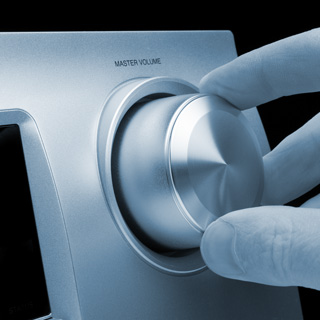 Damping Greases
Damping Greases
Designers and manufacturers have used damping greases for more than 50 years as an economical way to build fine tolerances into their products. The “velvet feel” and virtually silent operation of the focusing mechanisms on microscopes, zoom lenses on 35mm cameras, and other optical instruments, and the fact that the lens doesn’t continue to “coast” when the mechanism is stopped, are all the results of a damping grease applied to the focusing threads. Damping greases are also widely used for electronic controls such as potentiometers, where they ensure smooth, quiet, controlled motion, and make possible very precise settings, very cost-effectively, that could not otherwise be made by hand. They are also found in gear trains and gear motors, appliance controls, electric switch mechanisms, outdoor recreation equipment, laser controls, television tuners, and in many automotive, hand-actuated or instrument panel control applications, where “quality feel” usually indicates the presence of a damping grease.
 When
selecting a damping grease, objective and subjective criteria
apply. Objectively, damping greases must retain their damping
qualities throughout the temperature range of the application,
so careful attention should be paid to the temperature range of
each grease. More subjectively, damping greases are selected for
the “feel” the designer wants to achieve. Generally, the more
delicate the device, the lighter the grease. Damping greases
come in standard grades, from extra light to heavy, and Nye can
formulate them to meet any gradation in between. Importantly,
when determining a grade and how much grease to apply to a
device, carefully consider the amount of torque available at the
lowest operating temperature, when the grease is most viscous.
When
selecting a damping grease, objective and subjective criteria
apply. Objectively, damping greases must retain their damping
qualities throughout the temperature range of the application,
so careful attention should be paid to the temperature range of
each grease. More subjectively, damping greases are selected for
the “feel” the designer wants to achieve. Generally, the more
delicate the device, the lighter the grease. Damping greases
come in standard grades, from extra light to heavy, and Nye can
formulate them to meet any gradation in between. Importantly,
when determining a grade and how much grease to apply to a
device, carefully consider the amount of torque available at the
lowest operating temperature, when the grease is most viscous.